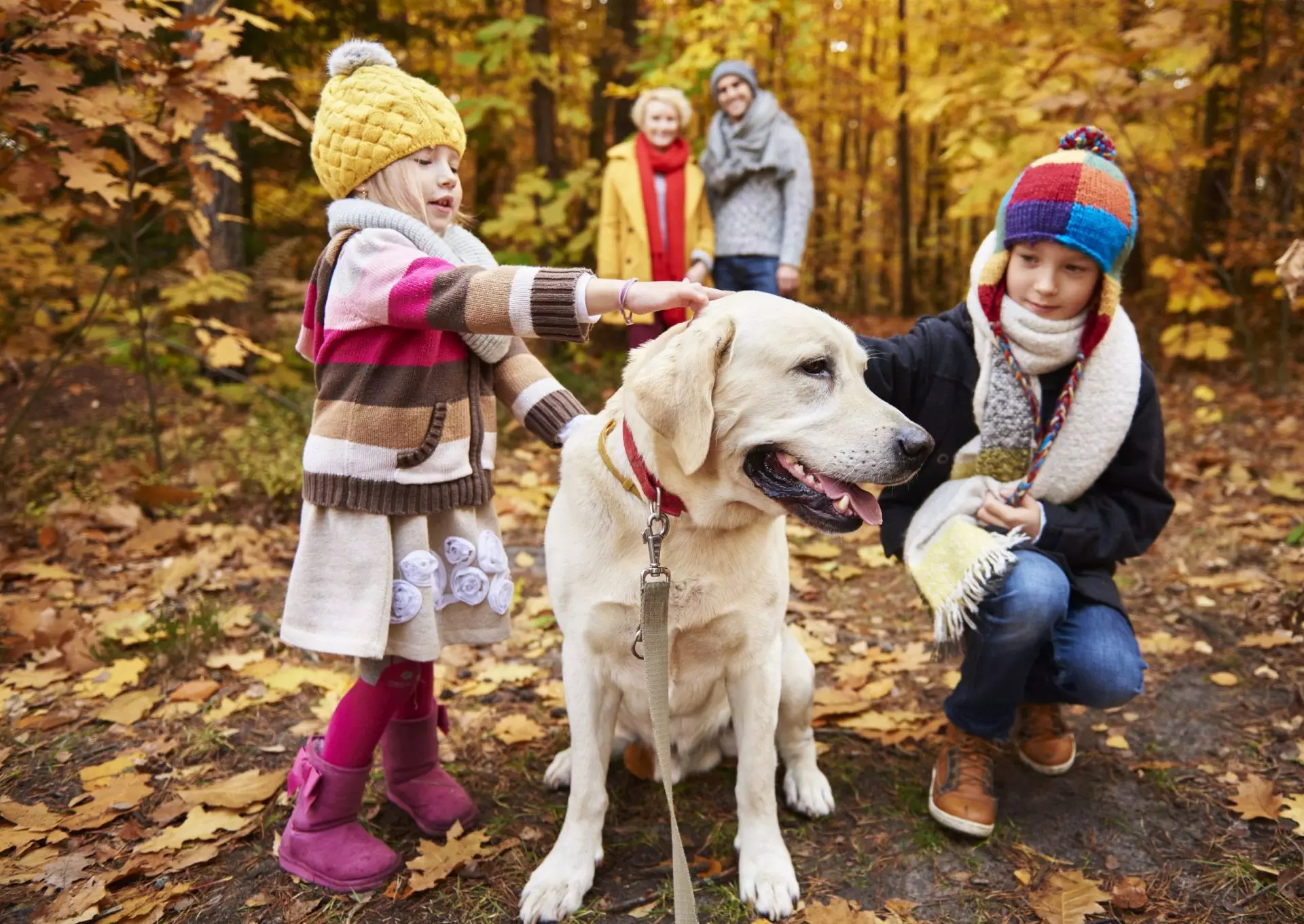I always think it’s lovely if children grow up in a house with a family pet.Apart from the many documented benefits of sharing a home with a furry (or even non-furry!) friend, it gives little ones the chance to learn many important life lessons.
Children get to learn to understand (as pets can’t talk human, children have to learn to watch for clues about an animal’s needs or behaviour), plus all about how various animal species differ.They learn to share kindness and compassion – whether it’s just a stroke of ahead as they pass on their way to school, or a big cuddle after being out all day.A pet teaches kids about responsibility and caring for others.
Whilst responsibility can be increased as children get older, even young children can understand how much the family pet needs help from its human companions. Animals are also great teachers about respect and boundaries, as well as trust, friendship and love. Pets can also help children learn to focus on others, and that sometimes it’s important to put someone else’s needs first. Pets also help teach kids about communication methods, including learning to praise.It’s great when children can get involved hands-on with looking after a family pet – but please make sure the tasks you allocate are age appropriate, and always bear in mind the temperament of the animal and the relationship with the child. Always wise to stay on the side of caution and take things slow if you’re unsure – and there should always be a grown-up around to supervise, just incase! Animals can have ‘off days’ when they act a bit out of character, just like us humans.Some task are easier than others for little helpers. Very small children love playing with water, so helping fill water bowls can be a great task to start with.
They can also be good at cleaning up used dishes and tidying up all the pet toys that get strewn about the place.Slightly older children can do more, perhaps help with brushing and grooming, assist with cleaning out pet beds or homes, and maybe also help with exercise and play (as all children love to have fun or throw a ball).Children ages 10 and over are possibly able to help with most tasks (depending on the size of the animal you have as your pet, of course!). The most unpopular job is always cleaning up after an animal’s toilet activities, so you may still want to keep that as an adult job for a while longer.Always make sure any children who help look after animals thoroughly wash their hands afterwards.(See – animals can even help educate children about good hygiene habits!).
Remember encouragement reinforces responsibility, so if you praise your child whenever they do something good with a pet – whether that’s a chore or just randomly giving a bit of love and attention, it will encourage that kind behaviour to continue. It’s never too early to start nurturing young people to become animal lovers.Always remember though, children are children, and they get easily bored and distracted.
So, you might need to keep gently reminding them about what you’ve discussed or agreed, with patience, persistence and positive reinforcement – just like you might have to do with your family pet!And never ever forget that the best way to teach a child anything, including how to be a responsible pet owner, is by demonstrating good practice yourself, so they can follow your examples.We’d love to hear how your children help with your family pet, so please let us know.
Enjoy spending time with your furry andnot so furryfamily members!
Sue

